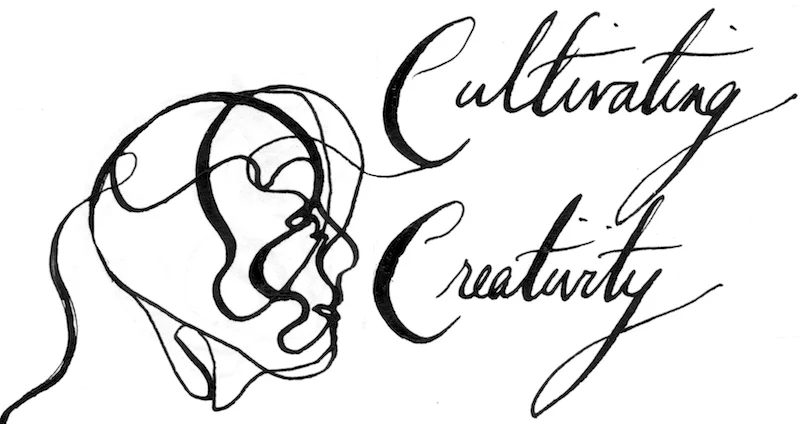'It was beautiful, historical, artistically subtle in a way that science can't capture, and I found it fascinating.'
- Steve Jobs on his study of calligraphy
Pointed pen and ink is magical. It requires focus, full attention and a gentle methodology in its use. There's something grounding and connective about using a historic tool little changed from a copper nib found in the ruins of Pompeii AD 79. Exploring with pen or quill and ink evokes a meditative state, stimulating the imagination and calming the soul.
It's beauty lies in it's simplicity - playing with pen, ink and paper is a tactile sensory experience.
For younger students, learning cursive handwriting plays a role in cognitive development as the brain develops functional specialization that integrates sensation, movement, control and thinking. It develops fine motor skills, hand-eye coordination and stimulates memory.* The rewards of exploring with pen and ink are often immediate and can be observed in the deep engagement of students of every age immersed in this creative process.
The role of teaching cursive handwriting in a digital age is often debated. Yet, if people don't learn how to write cursive how will they read it? It's my hope that the lure of the meditative quality of pointed pen and quill, along with its role in calligraphy, will secure it's longevity and allow for cursive to be read and written in years to come.
Discover the magic of nib pen, ink and paper in our workshop. No screens. No noise. No stress. Nothing but you and your imagination.
*James, Karin H. an Atwood, Thea P.






